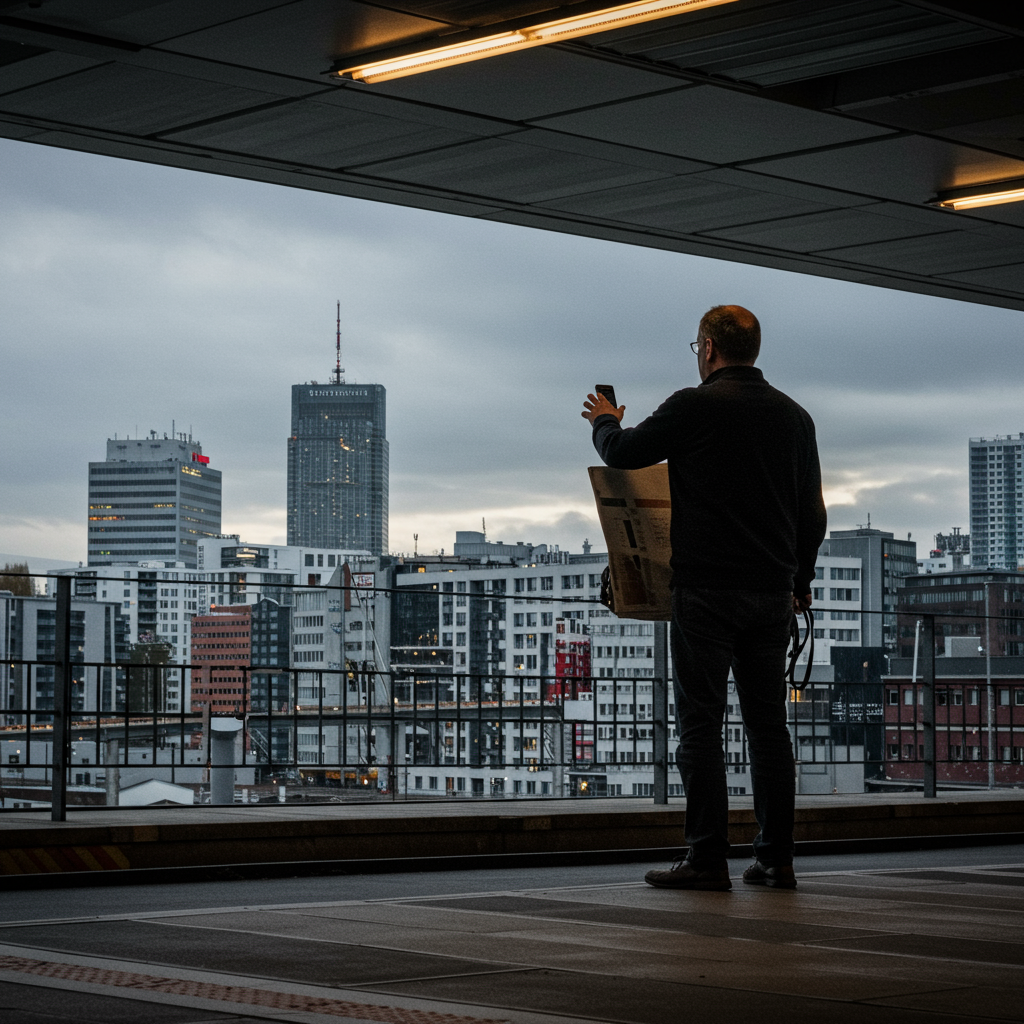Beyond the Headlines: Unpacking the Layers of Global Influence
The question of 'who really owns the world?' is one that captures the imagination, often evoking images of shadowy figures pulling strings behind the scenes. While the reality is far more complex than a single, secret cabal, understanding the true centers of global power requires a deep dive into the intricate web of influence wielded by various entities on the world stage. It's not about ownership in a literal sense, but about who holds the most significant levers of control over economies, information, and political discourse.
At the forefront are the major nation-states. Countries with vast economic power, advanced military capabilities, and significant diplomatic reach undeniably shape global affairs. The United States, with its dominant economy and military might, remains a formidable force. China's rapid rise has positioned it as a major economic and geopolitical counterweight. The European Union, as a bloc, exerts considerable regulatory and economic influence. Understanding global power begins with acknowledging the traditional state actors and their strategic interests.
However, the narrative expands significantly when considering economic powerhouses beyond governments. Major multinational corporations (MNCs) operate across borders, often with revenues exceeding the GDP of small nations. Companies in technology (like the giants of Silicon Valley), finance, energy, and pharmaceuticals hold immense sway through market dominance, innovation, and extensive lobbying efforts. Their decisions impact supply chains, labor markets, and even national policies, making them crucial players in the global power structure.
Equally influential, though perhaps less visible to the public eye, are powerful financial institutions. Central banks of major economies, such as the U.S. Federal Reserve and the European Central Bank, control monetary policy that affects global markets. International financial institutions like the International Monetary Fund (IMF) and the World Bank wield significant influence through lending and policy recommendations. Furthermore, massive investment firms and asset managers control trillions of dollars, investing in and holding significant stakes in countless corporations worldwide, giving them considerable behind-the-scenes power.
International organizations, from the United Nations and its various agencies to trade bodies like the World Trade Organization and security alliances like NATO, also play a role in shaping global norms, facilitating cooperation, and mediating conflicts, albeit often constrained by the interests of their member states. While they don't 'own' anything in the traditional sense, they provide forums and frameworks that structure global interactions.
Finally, the influence of key individuals and philanthropic foundations cannot be ignored. Visionary (or controversial) leaders of states or corporations, influential investors, and figures who control major media outlets or vast philanthropic wealth can exert disproportionate influence through their decisions, funding, and platforms. They often operate within and leverage the power structures mentioned above.
In conclusion, there is no single 'owner' of the world. Global power is dispersed, residing in a complex, interconnected, and constantly shifting network of powerful states, dominant corporations, influential financial institutions, international bodies, and key individuals. Understanding who holds the strings requires looking beyond simplistic narratives and analyzing the various layers of economic, political, and informational leverage that shape our increasingly globalized world. It's a dynamic interplay of competing interests and cooperative endeavors that truly defines the landscape of global influence.
Sumber:
- [Council on Foreign Relations](https://www.cfr.org/)
- [World Economic Forum](https://www.weforum.org/)
- [Foreign Affairs](https://www.foreignaffairs.com/)



Comments
Post a Comment